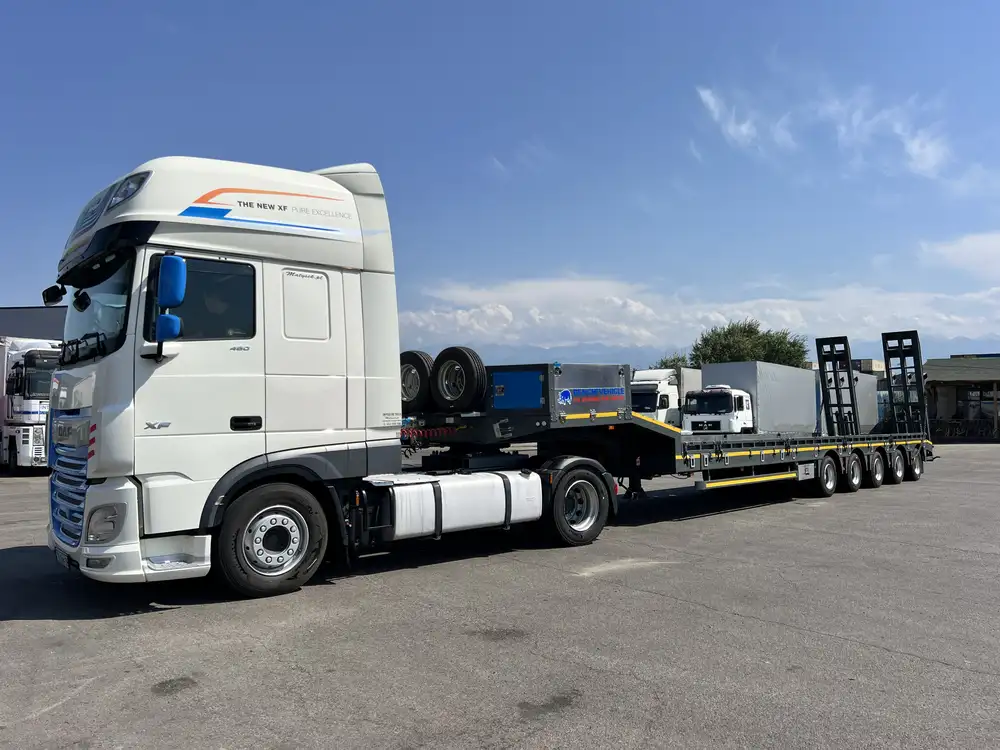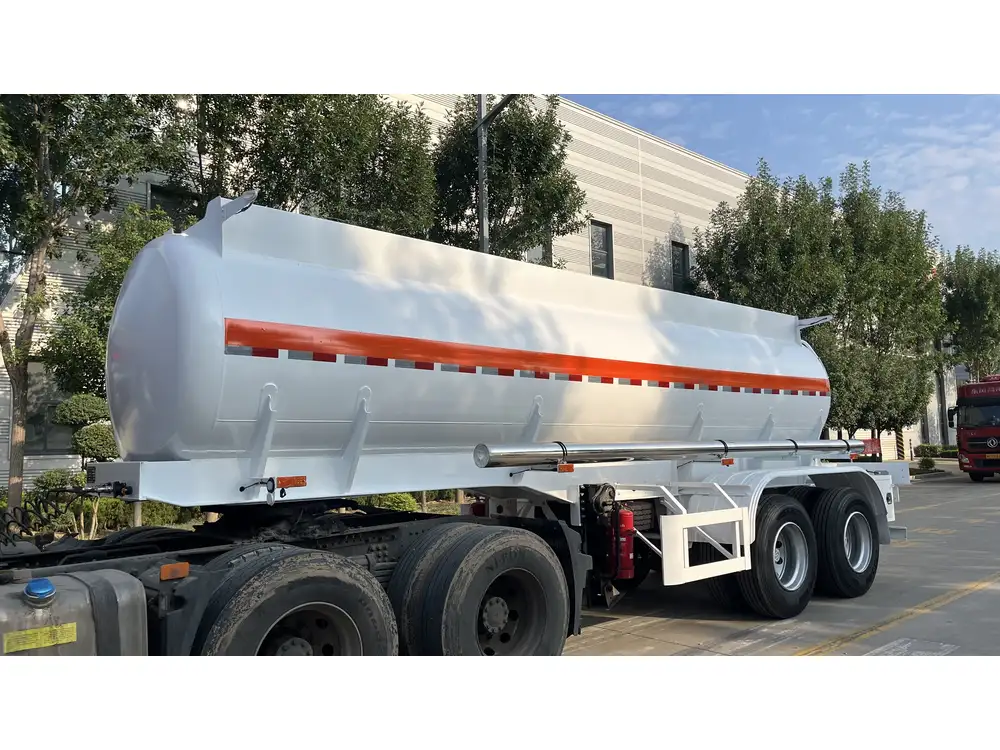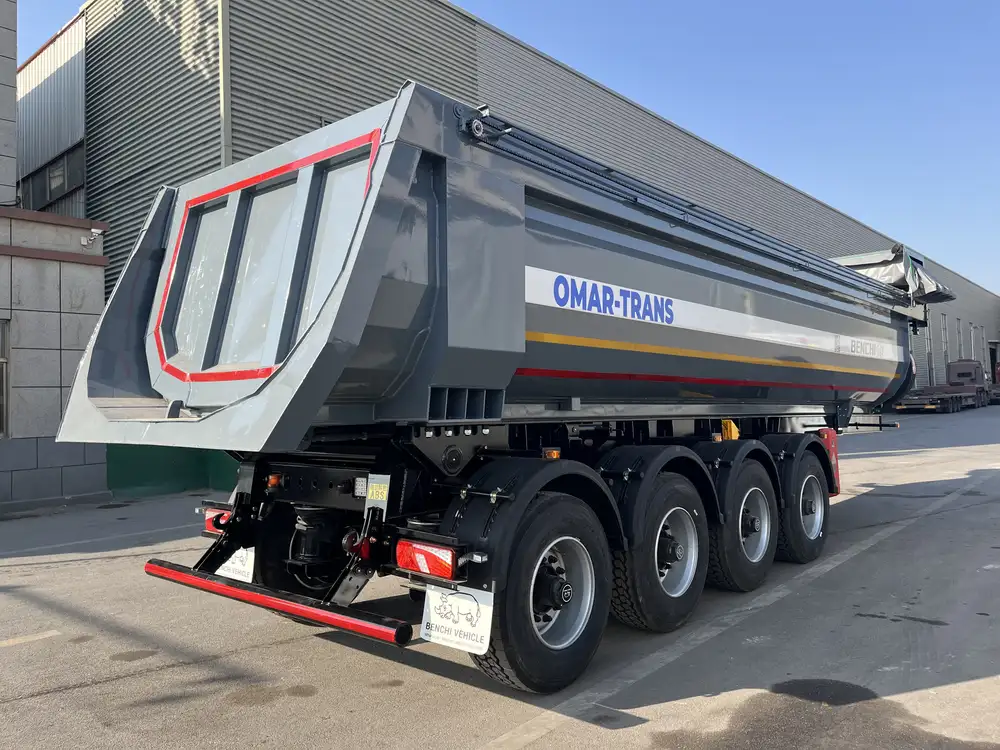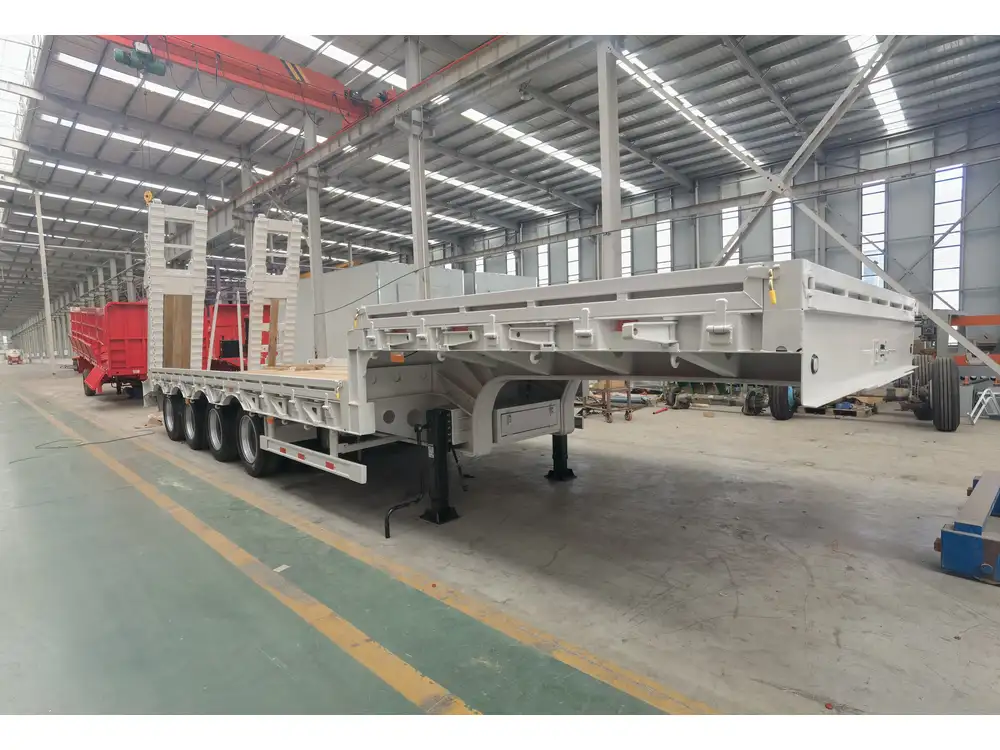When it comes to semi-trailers, understanding their design and specifications is crucial for effective operation and compliance with transportation regulations. One of the most common inquiries among truck drivers and logistics professionals is about the axle configuration, particularly for a 48-foot semi tractor trailer. In this comprehensive guide, we delve deeper into the subject, examining the various axle configurations, their implications on load capacities, performance, and regulations.
What is an Axle and Its Function?
An axle serves as a pivotal component in engineering, essentially functioning as a central shaft for rotating wheels or gears. In the context of a semi-trailer, axles play critical roles in load distribution, stability, and overall safety. Every axle can bear a certain amount of weight, and understanding how many axles are used can directly affect the trailer’s capacity and functionality.
Key Functions of Axles:
- Support Weight: Axles support the weight of the trailer and its cargo, distributing load evenly across the wheels.
- Stability: Proper axle configuration enhances trailer stability during turns and when navigating uneven terrains.
- Performance: The number and type of axles can influence fuel efficiency and the overall performance of the transportation vehicle.

Standard Axle Configurations for 48-Foot Semi Tractor Trailers
In the industry, there are several configurations for semi-trailers, but the most commonly used axle configuration for a 48-foot semi tractor trailer includes two or three axles. Here’s a concise breakdown of these configurations:
| Number of Axles | Configuration Type | Typical Load Capacity | Common Uses |
|---|---|---|---|
| 2 Axles | Tandem Axle | Up to 34,000 lbs | General freight, lighter loads |
| 3 Axles | Tridem Axle | Up to 42,000 lbs | Heavier freight, specific regional regulations |
2-Axle Configuration
The tandem axle system with two axles is prevalent among 48-foot semi trailers. This setup allows for a gross vehicle weight rating (GVWR) of up to 34,000 pounds. It’s suitable for lightweight freight and generally supports cargo such as:
- Standard box trailers
- Furniture and household items
- Dry goods
Advantages:
- Maneuverability: Easier to navigate in tight spaces compared to heavier configurations.
- Lower Maintenance Costs: Fewer parts mean reduced maintenance and operational costs.

3-Axle Configuration
A tridem axle configuration with three axles is necessary for heavier loads, allowing for a GVWR of up to 42,000 pounds. This configuration is often employed for transporting bulky cargo such as:
- Construction materials
- Heavy machinery
- Bulk goods
Advantages:
- Increased Load Capacity: Facilitates the transportation of heavier items without compromising legal limits.
- Enhanced Stability: Provides better stability, particularly during long hauls on uneven roads.
Impact of Axle Configuration on Operating Costs
Understanding the implications of axle configurations extends beyond mere specifications. The number of axles directly influences various operational costs, including fuel efficiency and wear and tear of tires.

Fuel Efficiency
More axles can lead to increased weight, which can affect fuel consumption. However, the appropriate configuration can ultimately enhance handling and reduce drag. Here’s how different configurations can impact fuel efficiency:
| Axle Configuration | Fuel Efficiency Impact |
|---|---|
| 2 Axles | Generally better due to lighter weight but may not be suitable for heavy loads. |
| 3 Axles | Heavier setup, which might decrease fuel efficiency but improves load capacity efficiency for heavy hauls. |
Tire Wear
Tire wear is significantly influenced by axle configuration as well. More axles mean a larger surface area that spreads the load across more tires, reducing wear on individual tires. However, misuse or poor alignment can offset these benefits.
| Tire Wear Assessment | 2 Axle Setup | 3 Axle Setup |
|---|---|---|
| Quality of Tires | Standard tire life | Potential for longer tire life with proper load management |
| Loading Practices | Vulnerable to uneven loading | Helps distribute weight, reducing localized wear |
Regulatory Considerations for Axle Configurations
Understanding the legal limitations concerning axle configurations is imperative in freight transportation. The Federal Motor Carrier Safety Administration (FMCSA) and other relevant authorities dictate rules about maximum weight limits based on axle configurations. This means that while you may have a 48-foot trailer, how you configure the axles could dictate the maximum allowable weight.

Key Regulatory Insights:
- Weight Limits: Each state may have specific limits regarding the maximum weight per axle. For example, many states impose a limit of 20,000 to 25,000 pounds per axle for tandem setups.
- State-Specific Regulations: Be aware of regional regulations that may dictate specific axle configurations on certain routes, particularly in mountainous or rural areas.
Example of Weight Limit Regulations
Here’s an example table outlining hypothetical weight limits based on the number of axles under federal regulations:
| Axle Configuration | Max Load Per Axle | Total Max Load |
|---|---|---|
| 2 Axles | 20,000 lbs (each axle) | 34,000 lbs |
| 3 Axles | 20,000 lbs (each axle) | 42,000 lbs |
Choosing the Right Axle Configuration
In determining the right axle configuration for your 48-foot semi tractor trailer, several factors come into play. Here are considerations for decision-making:

1. Nature of Cargo:
- Analyze the types of goods transported.
- Consider the weight and bulk of the cargo.
2. Distance and Route:
- Factor in the distance of hauls.
- Consider the terrain, including any weight restrictions on routes.
3. Cost Efficiency:
- Evaluate operating costs related to fuel, maintenance, and tire wear based on axle choices.
- Compare these costs against potential revenue from different freight charges.

4. Compliance:
- Ensure that your axle configuration adheres to federal and state regulations.
- Remain updated about any changes in laws that may affect you.
Conclusion: Strategic Decisions for Semi-Trailer Axle Configurations
In the realm of freight transportation, understanding axle configurations is not just about numbers; it encapsulates a complex interaction of safety, efficiency, and regulatory compliance. For those in the logistics and transportation industry, knowing ‘how many axles on a 48-foot semi tractor trailer’ could mean the difference between smooth operations and costly mistakes.
As a manufacturer of semi-trailers, prioritizing knowledge of axle configurations and fostering an understanding among clients about their implications can lead to better business decisions, enhanced safety on the road, and optimized performance of their fleets. Whether it’s the standard tandem or a robust tridem setup, making informed choices based on comprehensive insights will undoubtedly yield dividends in operational efficiency and safety.
By synthesizing all these elements, we establish that the choice of axles significantly influences logistical efficiency, regulatory compliance, and overall profitability in the transportation sector. As you move forward with your semi-trailer solutions, keep these intricacies in mind to ensure a successful journey on every haul.



